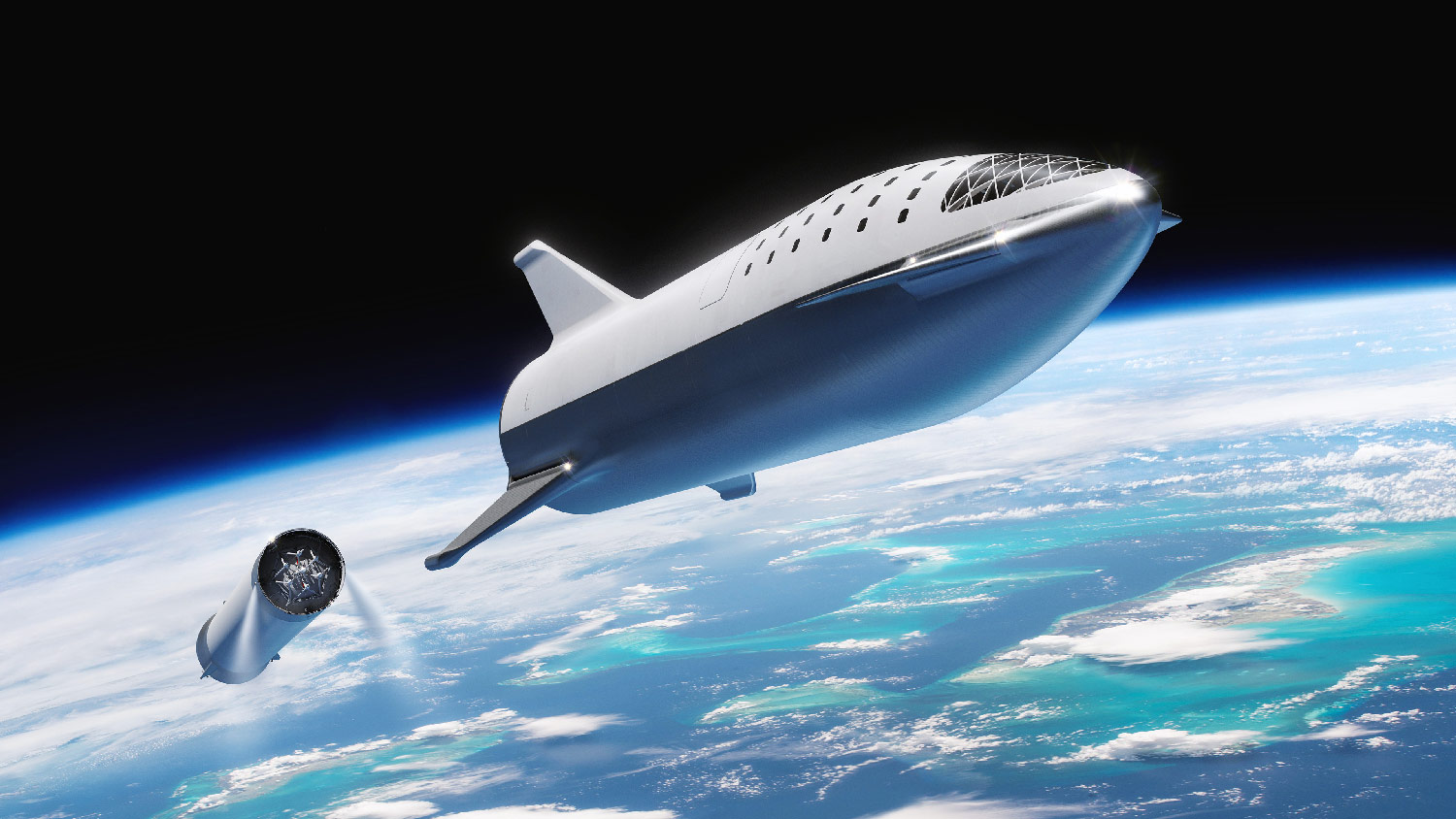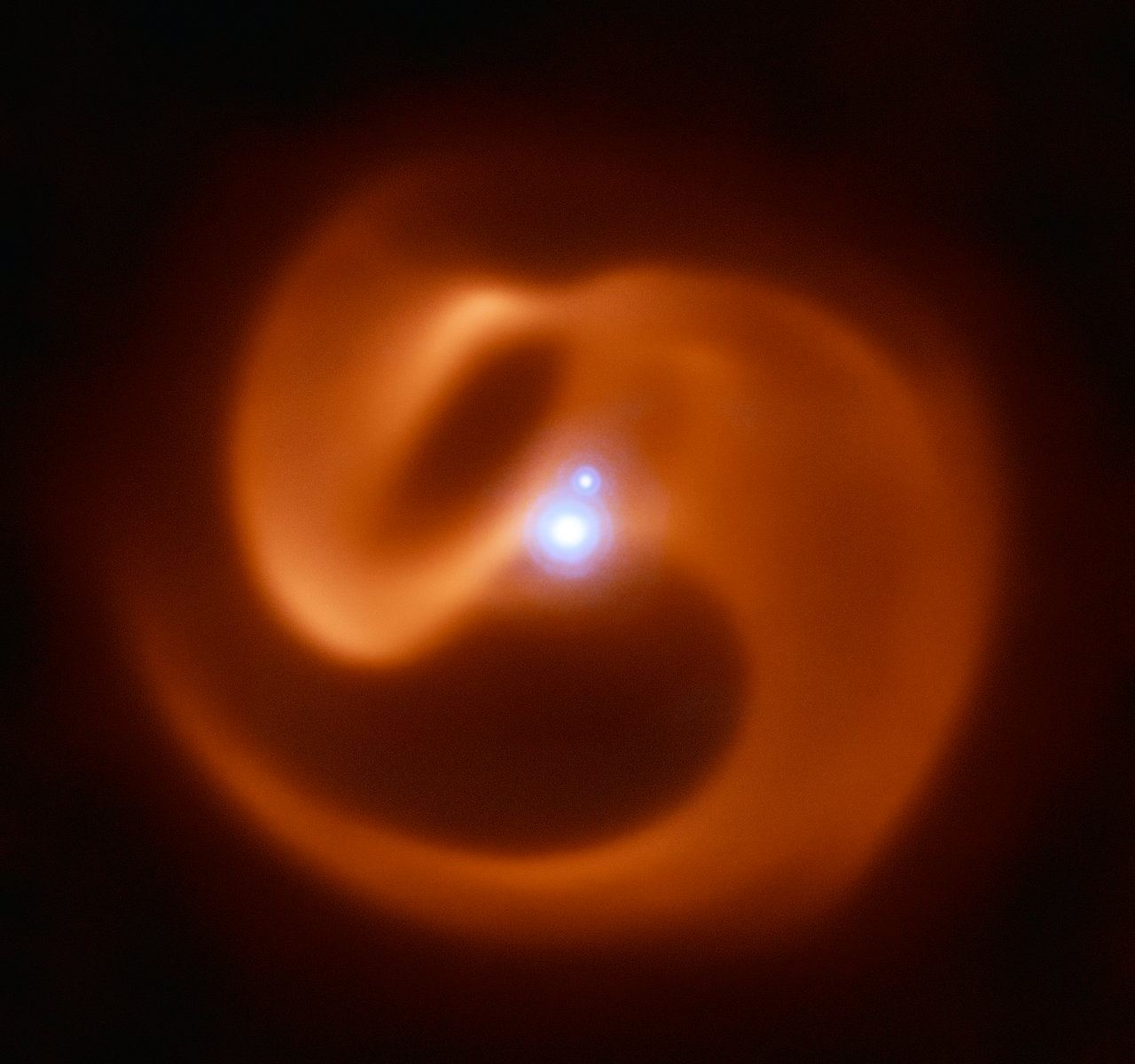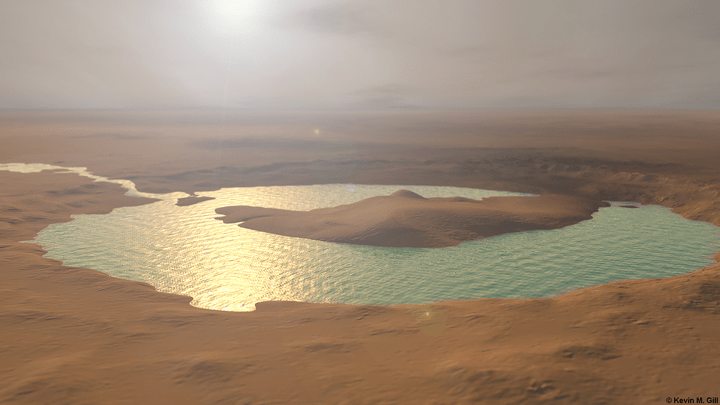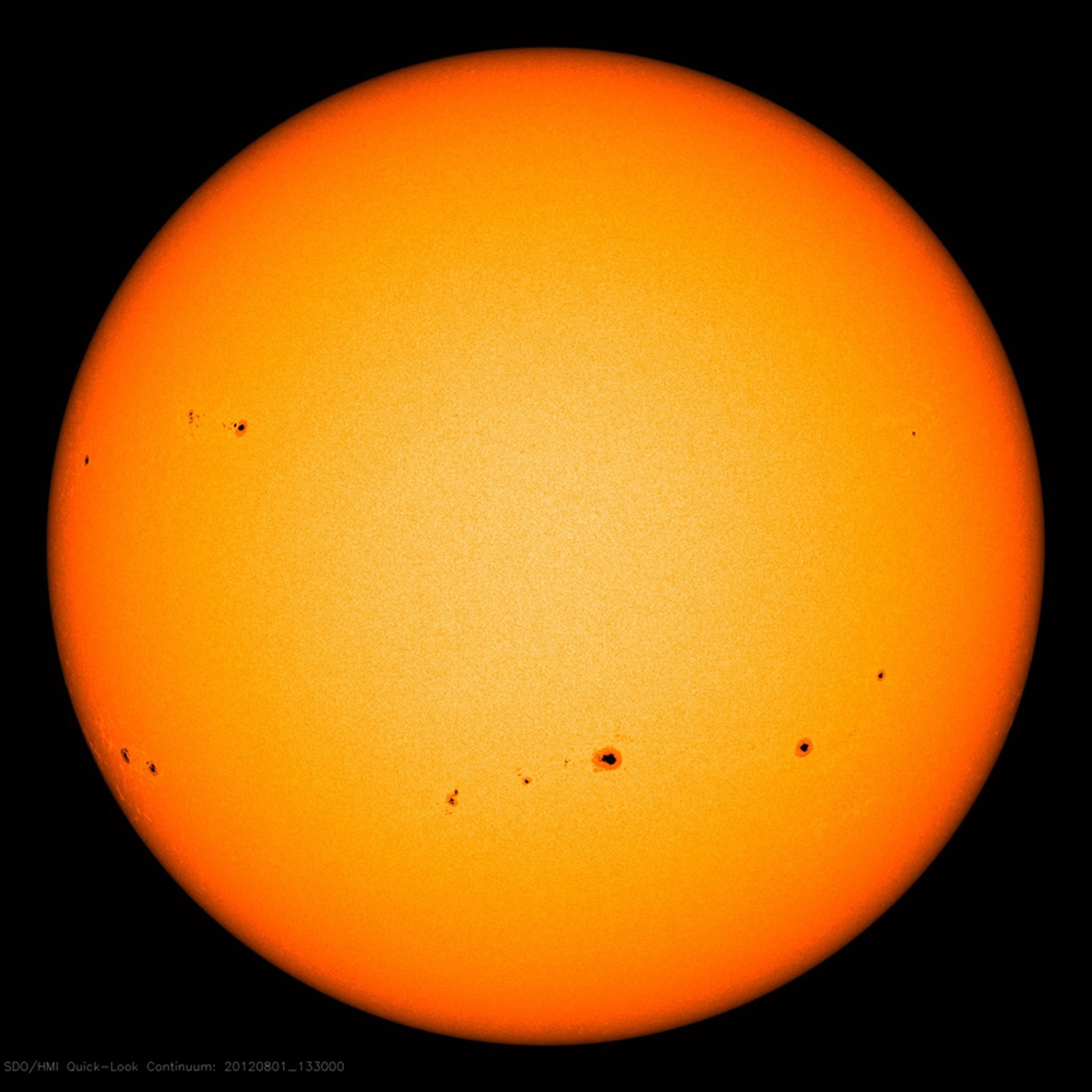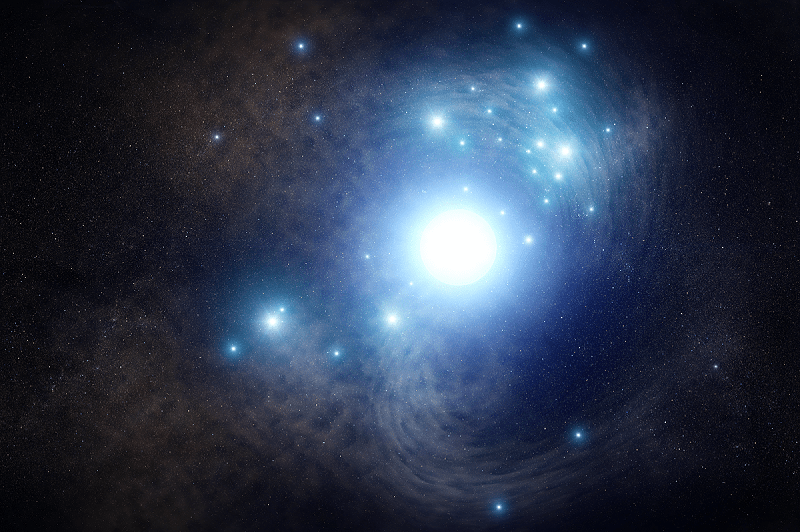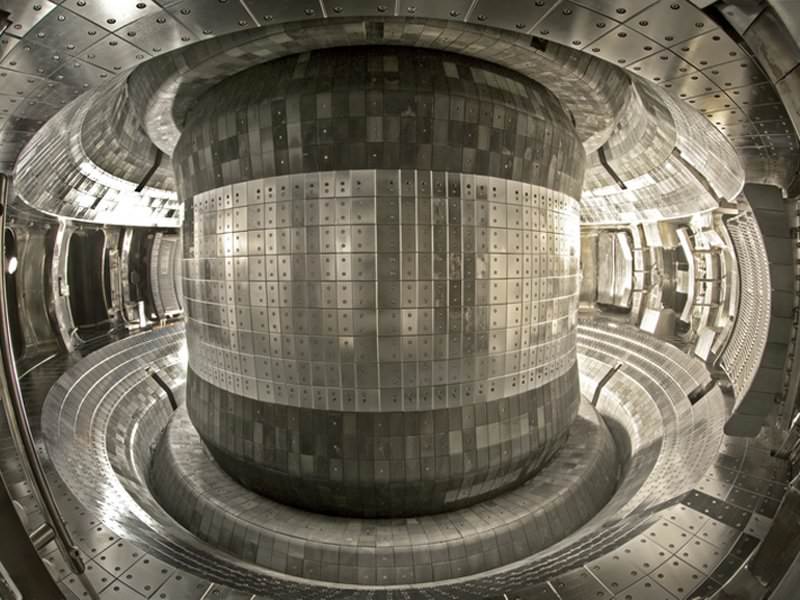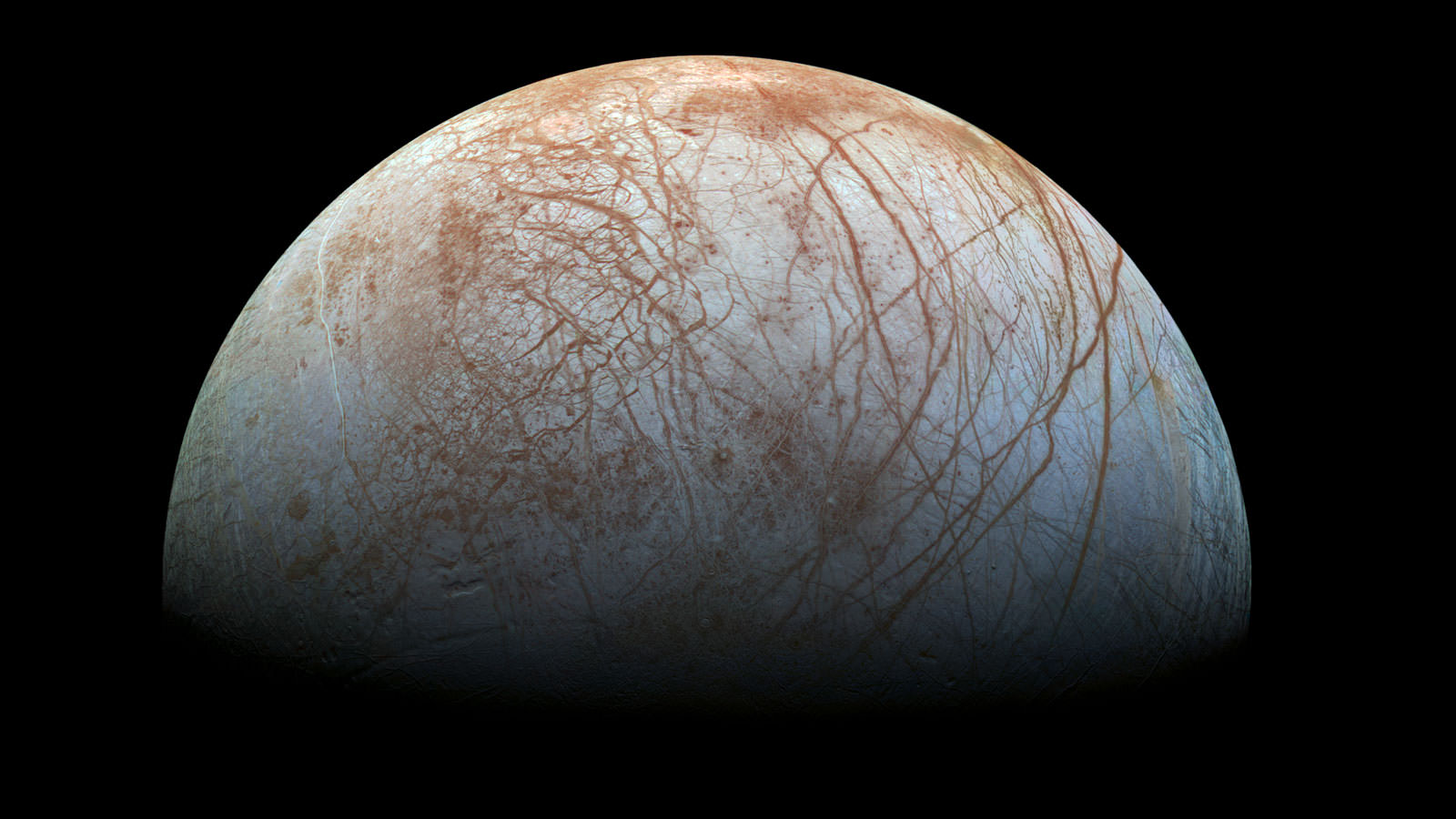Earth’s last great ice age, known as the Quaternay Glaciation, began roughly 3.2 million years ago. This period was characterized by the expansion of ice sheets out of Antarctica and Greenland, as well as the fluctuation of the Laurentian ice sheet, which covered most of Canada and the United States. The retreat of this glacier is responsible for the creation of millions of standing bodies of water across North America, including the Great Lakes.
While the causes of ice ages have been attributed to a combination of astronomical cycles, atmospheric conditions, ocean currents and plate tectonics, a complete explanation has been lacking thus far. However, according to a new research findings by a team of Rice University geophysicists, Earth’s last ice age may have been caused by shifts in the Earth relative to its spin axis that caused its poles to wander.
Continue reading “The Earth’s Wandering Poles Could Have Caused the Ice Age”


